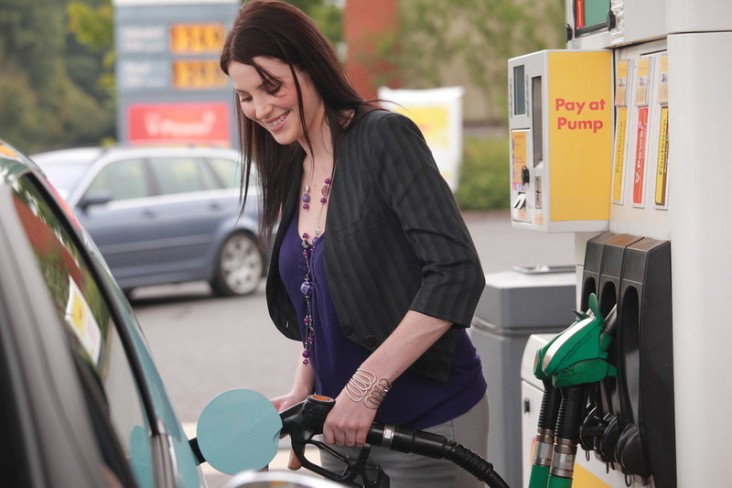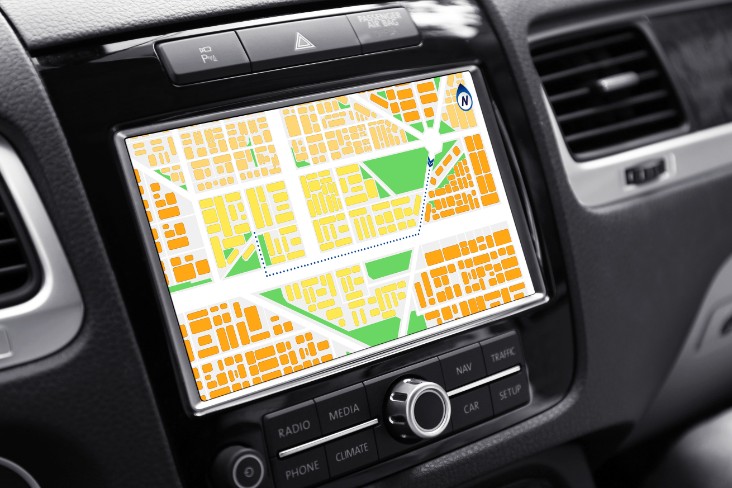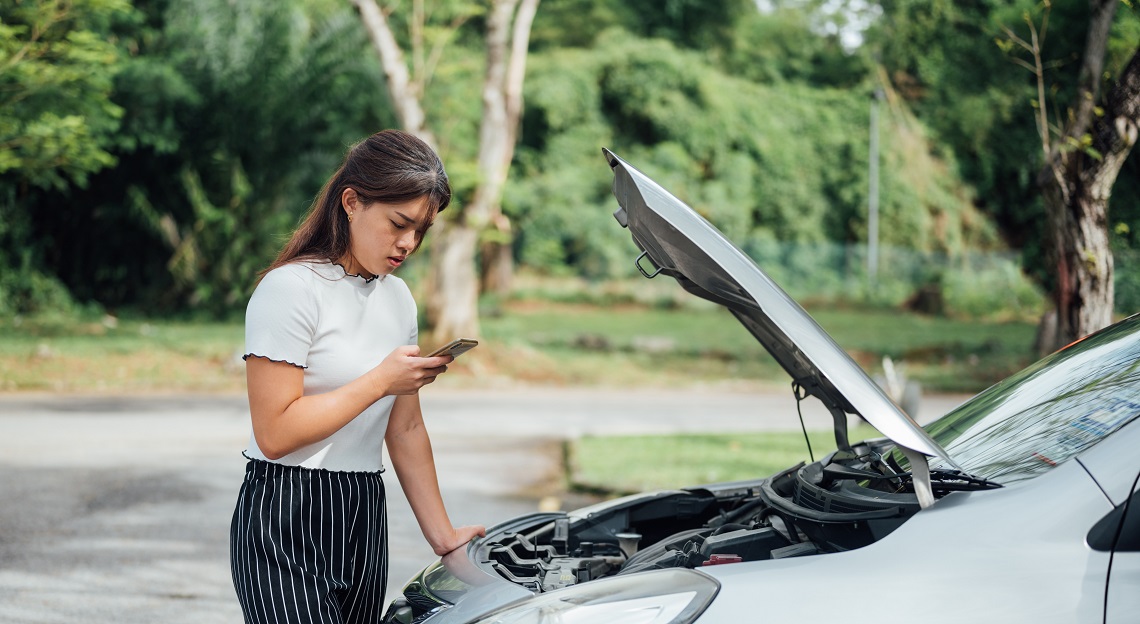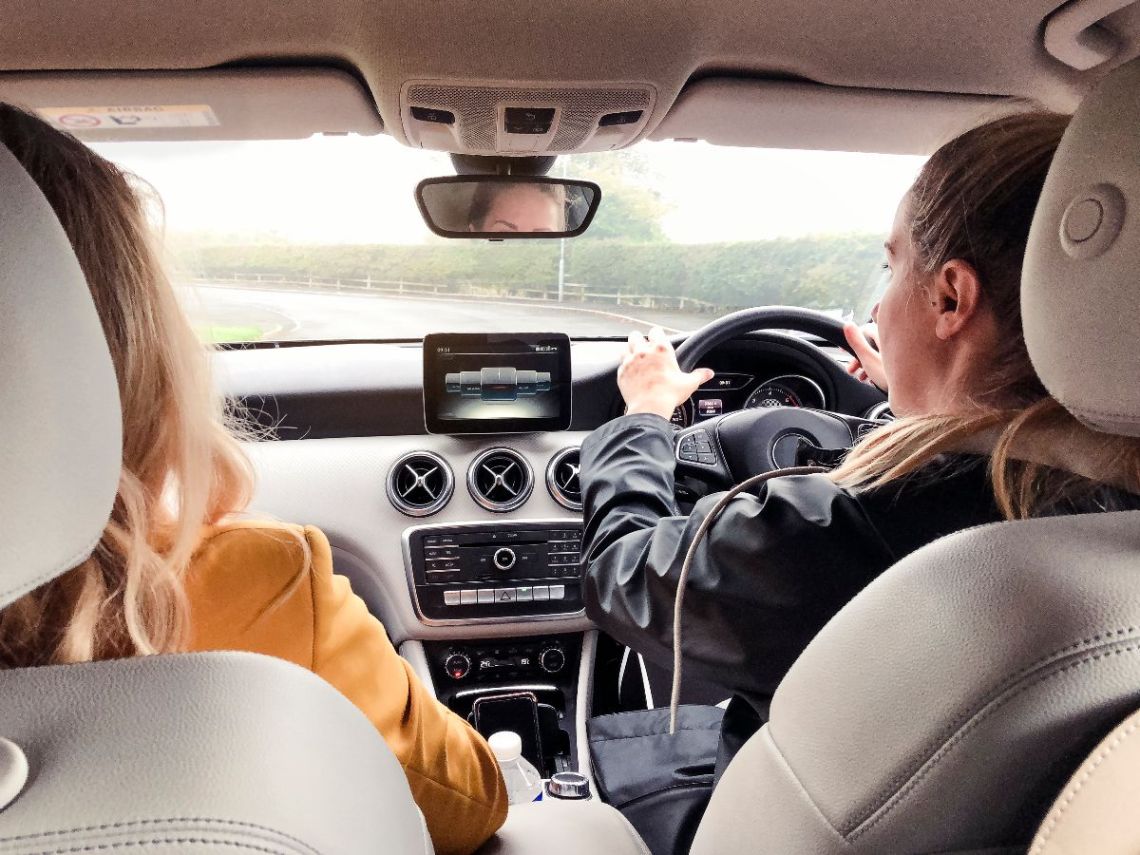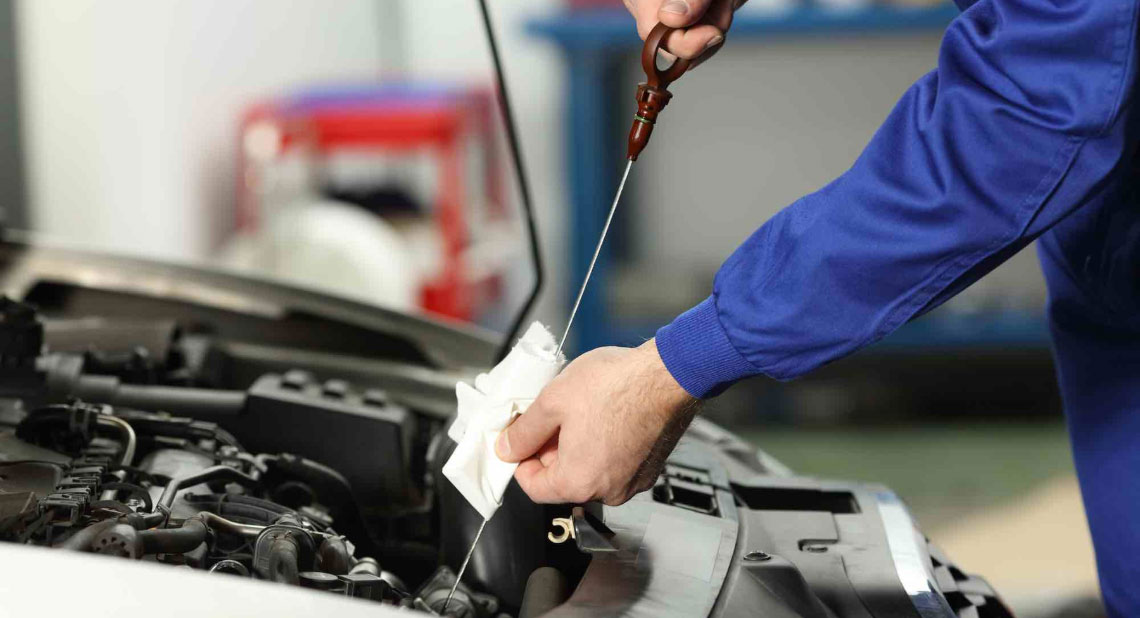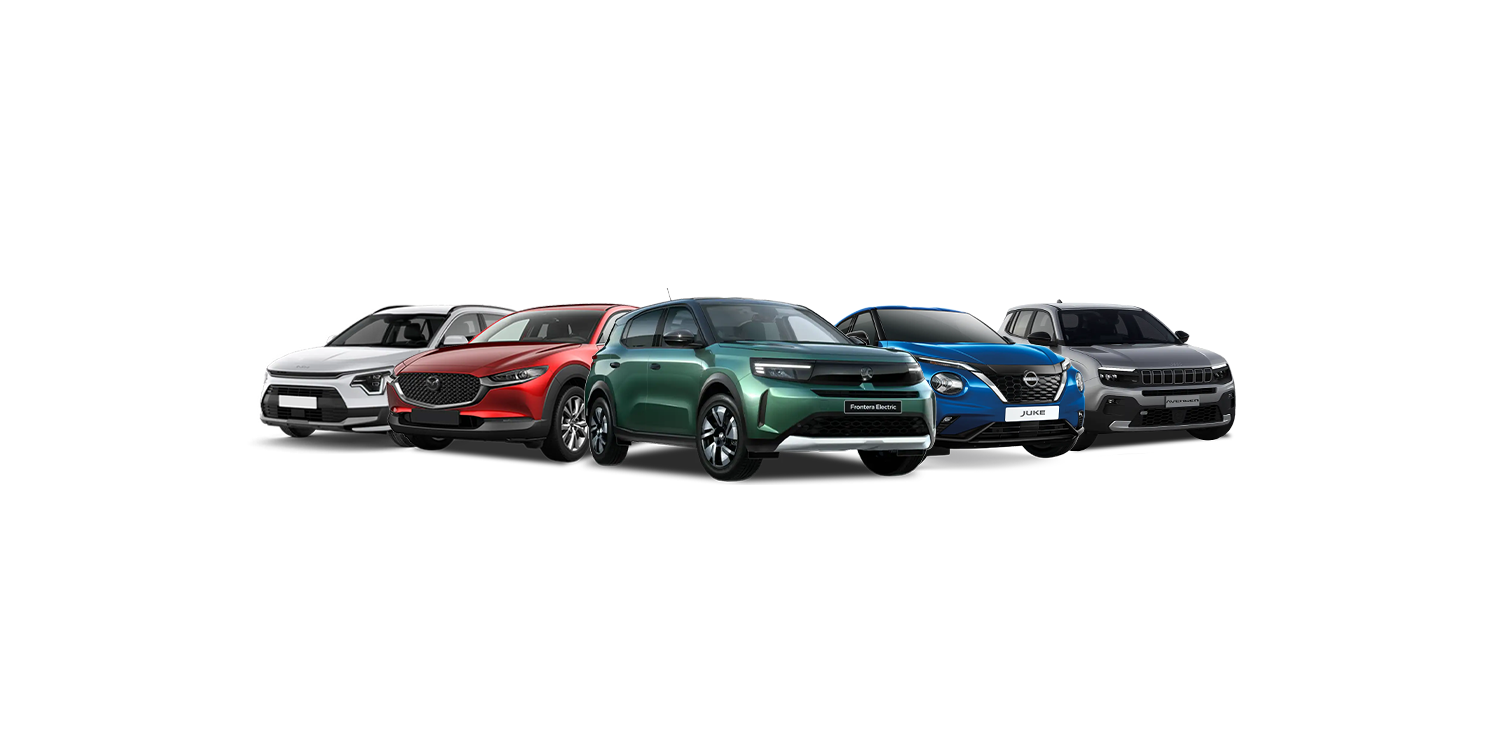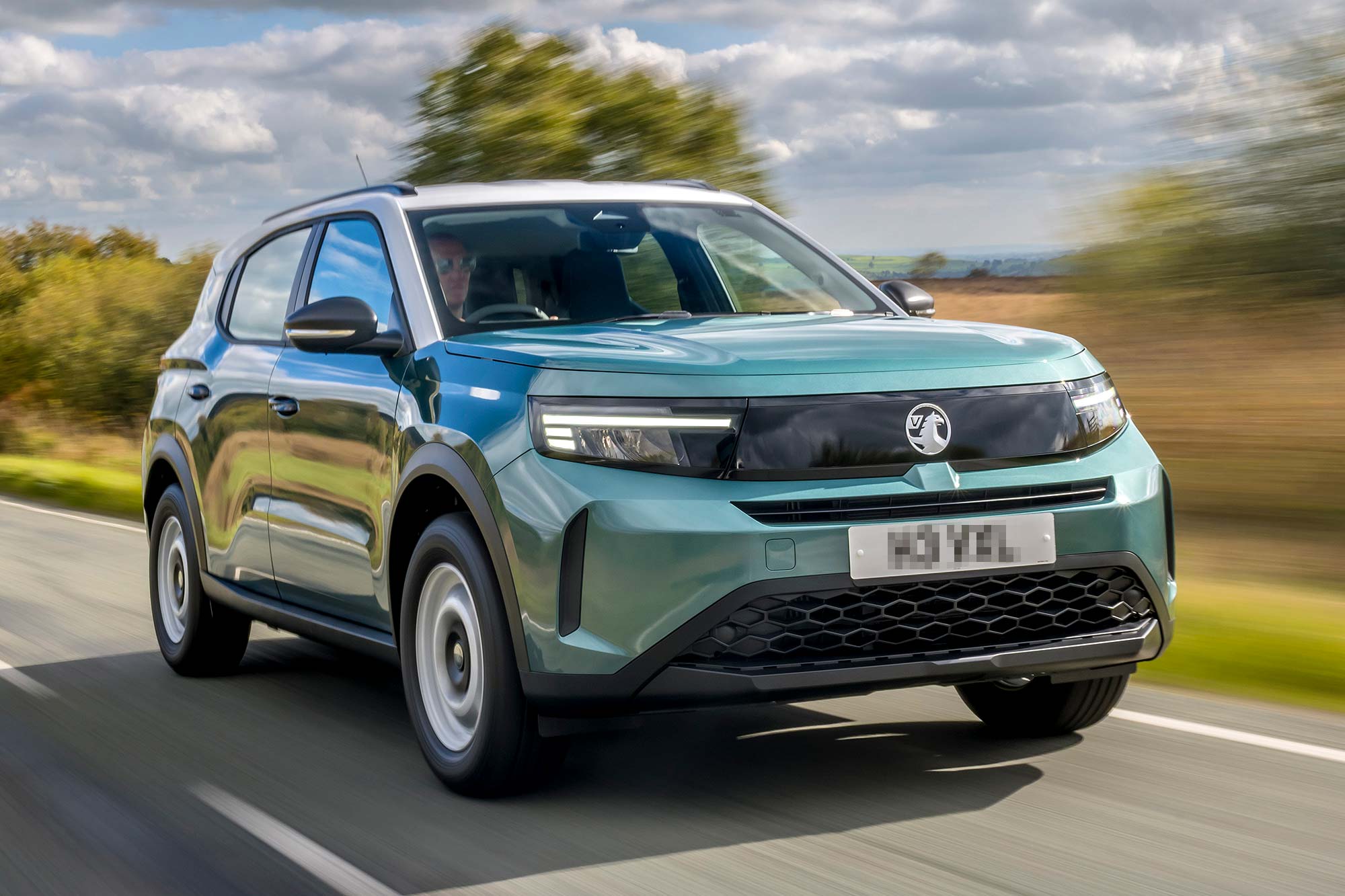Did you know that your car is installed with at least one computer to help you drive with as much ease and comfort as possible? Vehicle on-board computers have many different functions, but how do they work and how can you get the most out of them?
Engine Control Units (ECUs)
All modern cars have an ECU fitted. It is a computerised ‘brain’ that tweaks the engine to keep its operation as efficient as possible. The ECU, as it’s often abbreviated to, receives data from sensors and uses the information to regulate various parts of the engine. It does this to optimise performance while keeping the impact on the environment to a minimum.
It can also detect when something isn’t working as it should and can pass this on to the driver. It does this by illuminating a “Check Engine” light in the instrument display. Once the car is taken into a garage, a professional mechanic can then read a diagnostic code from the computer and solve the issue.
Older cars might not benefit from an ECU, however, as all cars leased through the Motability Scheme are brand new, customers will always have this as well as the latest mandatory safety technology.
Onboard trip computers
There will also be a built-in trip computer giving you information about fuel, letting you know when you should be thinking about finding a service station and helping you to adjust your driving style to drive more efficiently.
The display will show you the miles per gallon (mpg) you are doing as well as showing you the number of gallons (or litres) of petrol or diesel left in your tank and how much fuel mileage is left before you need to fill up again. Additionally, some trip computers can estimate the amount of time you have spent driving on an individual journey and the quantity of time left before the fuel is used up.
Subject to the make, model and year of your vehicle, the trip computer will have different abilities. In more affordable cars, a trip computer may only comprise fuel mileage information and an outside temperature gauge. For instance, some can monitor overall efficiency for separate drivers and they can check the tyre pressure, too.
One type of vehicle on-board computer lets you know when you should think about refuelling your car
Subject to the make, model and year of your vehicle, the trip computer will have different abilities. In more affordable cars, a trip computer may only comprise fuel mileage information and an outside temperature gauge. For instance, some can monitor overall efficiency for separate drivers and they can check the tyre pressure, too. You can browse the full range of cars for all budgets on the Motability Scheme with our car search tool.
Like this article?
For more on the latest news on cars, scooters, technology and trends explore our news and views motoring section.
Servicing
Other onboard trip computers can alert you if the vehicle is due for a service. For example, the computer can show the number of miles left until an oil change is needed and then flash up a message when it is time for maintenance.
Your car is covered for regular servicing or repairs to general wear and tear. Your dealer will get in touch when a service is due.
Data protection
Many modern cars have hi-tech infotainment systems which allow you to ‘pair’ (connect) your smartphone via Bluetooth with your vehicle. This means you make and receive calls over your car’s audio system.
When you pair your phone to a vehicle with Bluetooth, the computer within the infotainment system keeps your phone number. It does this to make it easier to connect later. It also retains the contacts you dialled, as well as your call logs. But there’s just one issue: all that data is stored inside the system and is just hanging around for the next owner of the car to find.
So, just before it’s time to swap your car in for your next model, give yourself five or 10 minutes to delete your personal information. Just go into the vehicle’s settings (it will be different for every make and model) and pinpoint your smartphone. There will be an option to delete your phone. That should erase the saved contacts and call logs. Better still, look for an option to remove all user data or do a factory reset. Information on this will be in the manufacturer’s handbook. Alternatively, you can ask your dealer to do this for you when you return the car.
If you used the vehicle’s inbuilt satellite navigation system, you have one more thing to do before you wave goodbye to your car. Ensure you enter the sat-nav’s settings and erase your location history. These are good practices to keep to.
However, this privacy concern with car infotainment computer systems should be disappearing in the future as Apple CarPlay, Android Auto and other systems become standard on more vehicles. These show the information from your smartphone without keeping it, so when you take your phone out of your car, none of your personal information stays behind.
All in all, most modern cars are a moving computer network. In fact, it is startling how much onboard technology today’s vehicles have.
More computers available
Aside from these common vehicle on-board computers, there are many others that your car might have, such as:
- There is usually a computer governing a car’s automatic gearbox
- If your vehicle has anti-lock-brakes, a computer will be reading the wheel motion and overseeing the brakes
- Many airbags have their own computers
- Cruise control systems use computers
- Any CD player or radio with a digital display contains a computer
Related articles
How technology can help make driving easier for disabled motorists
What is climate control air-conditioning?
Everything you need to know about dashcams
![]()

